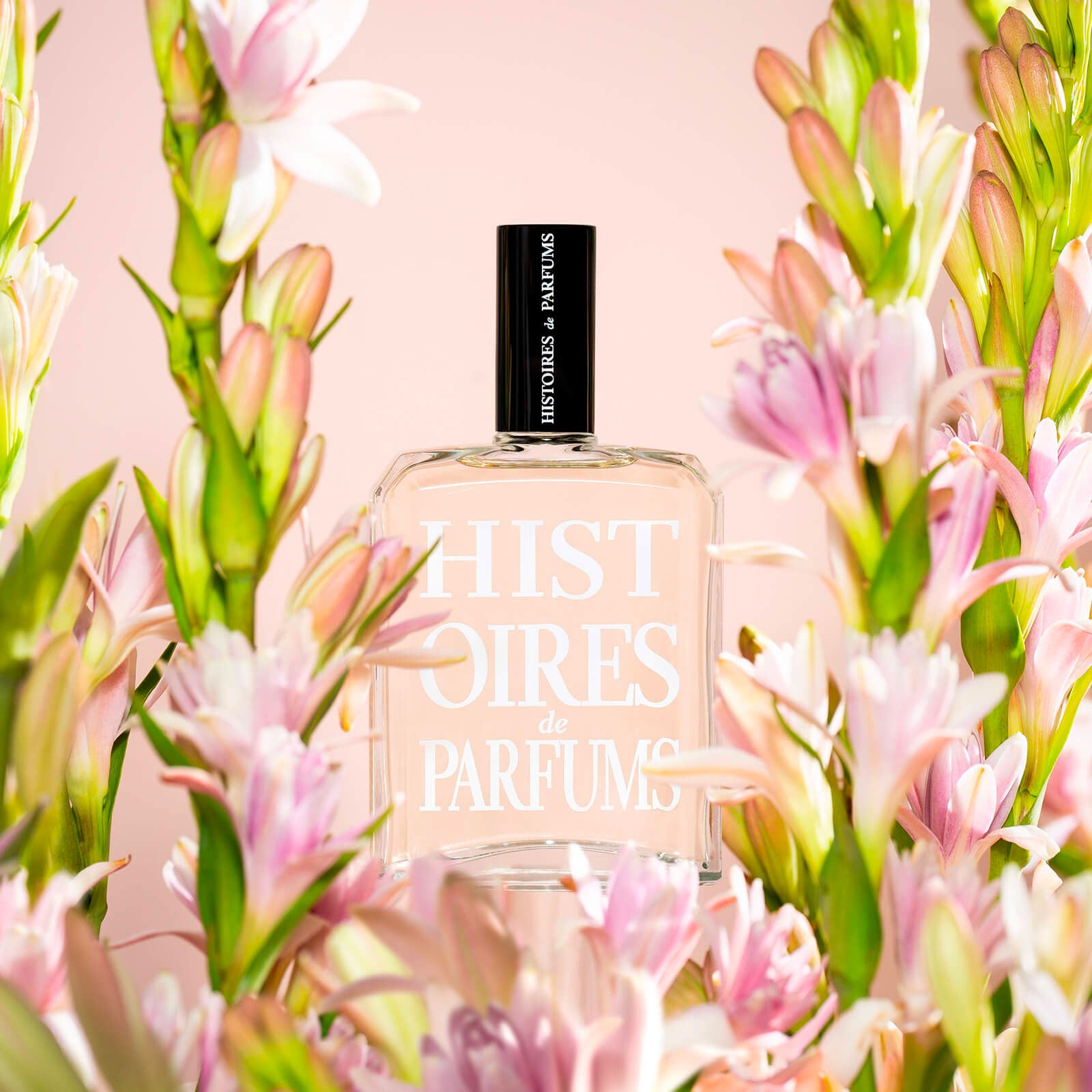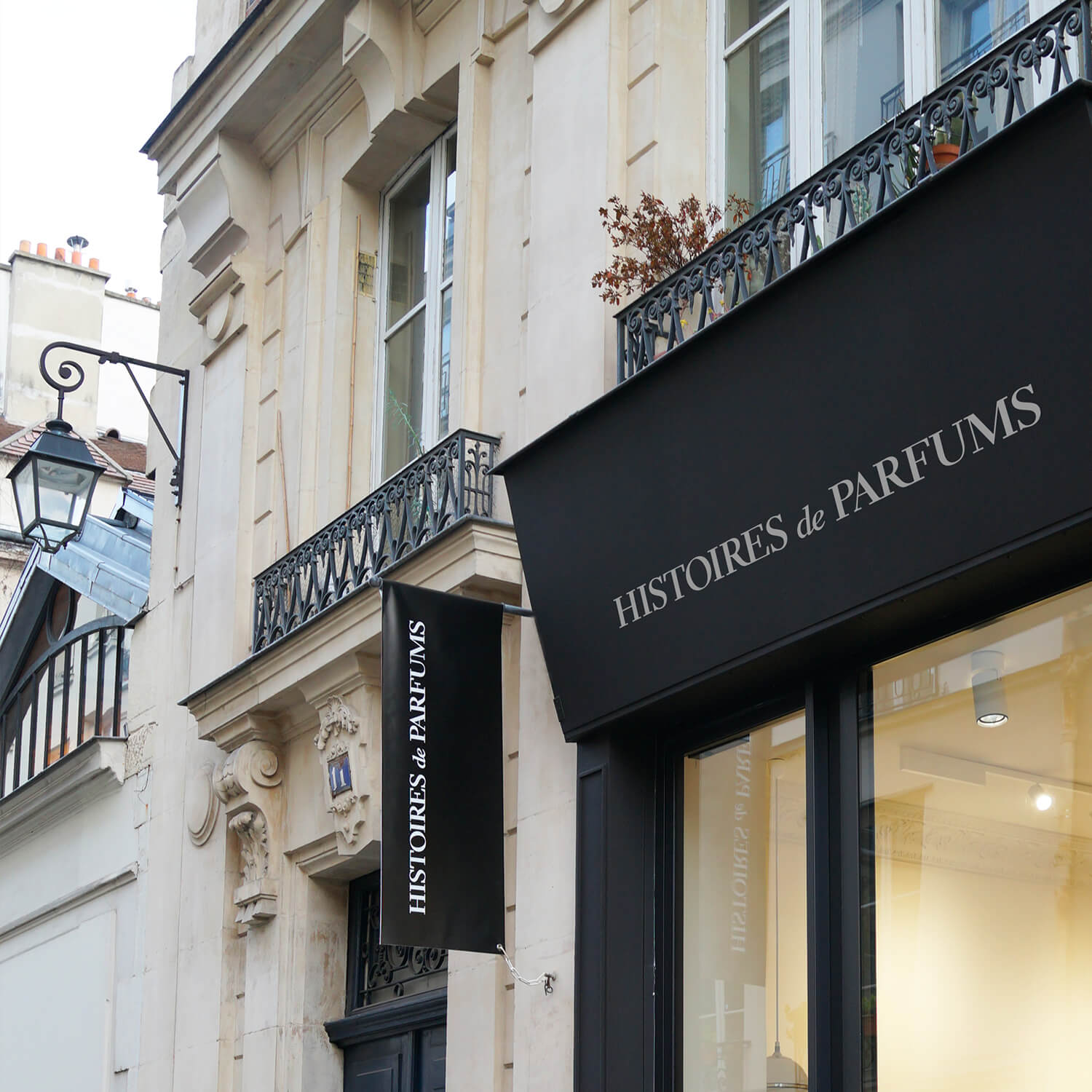Cardamom

The Plant:
Cardamom belongs to the Zingiberaceae plant family (the same plant family as ginger, turmeric, and galangal). The plant looks similar to a reed, and can grow up to three meters high. The stem is covered in long green leaves, that grow from 30 to 50 centimeters long and 5 to 10 centimeters wide.
It is a tropical plant that does cannot survive in cold temperatures. Its blooming season begins in June, and its fruits, called "capsules" or "pods", begin maturing in September. The first harvest is usually collected three years after the seed has been planted.
The inside of each capsule is separated into three compartments that contain grains. These are the grains we use in medicine, cooking, and perfumery.
The History:
Cardamom is one of the oldest spices used by man. Indian Vedas attest for their digestive properties as cardamom is mentioned in the Indian Veda dating back over three thousand years ago.
Since antiquity, the plant has been exported through the Mediterranean for its olfactory and medicinal qualities. In Egypt, cardamom was used in cooking, medicine, perfumery, and even in the making of papyrus. Pline, a Roman author of the Ist century B.C., mentions the use of cardamom in the Métanpion, an ancient Egyptian perfume. It is also believed that Cleopatra fragranced her palace by burning cardamom before every visit of her lover Marc Antoine.
The Crusades are responsible for bringing cardamom to Europe. It then grows to become part of two widely drank beverages: mead and hippocras.
In Perfumery:
The main producers of cardamom are India (on the coast of Malabar), Sri Lanka, Vietnam, Cambodia, and Guatemala.
The majority of its global production is dedicated to the food industry. It is, however, also used in perfumery, but very sparsely and with care because of how expensive it is.



Leave a comment
This site is protected by hCaptcha and the hCaptcha Privacy Policy and Terms of Service apply.